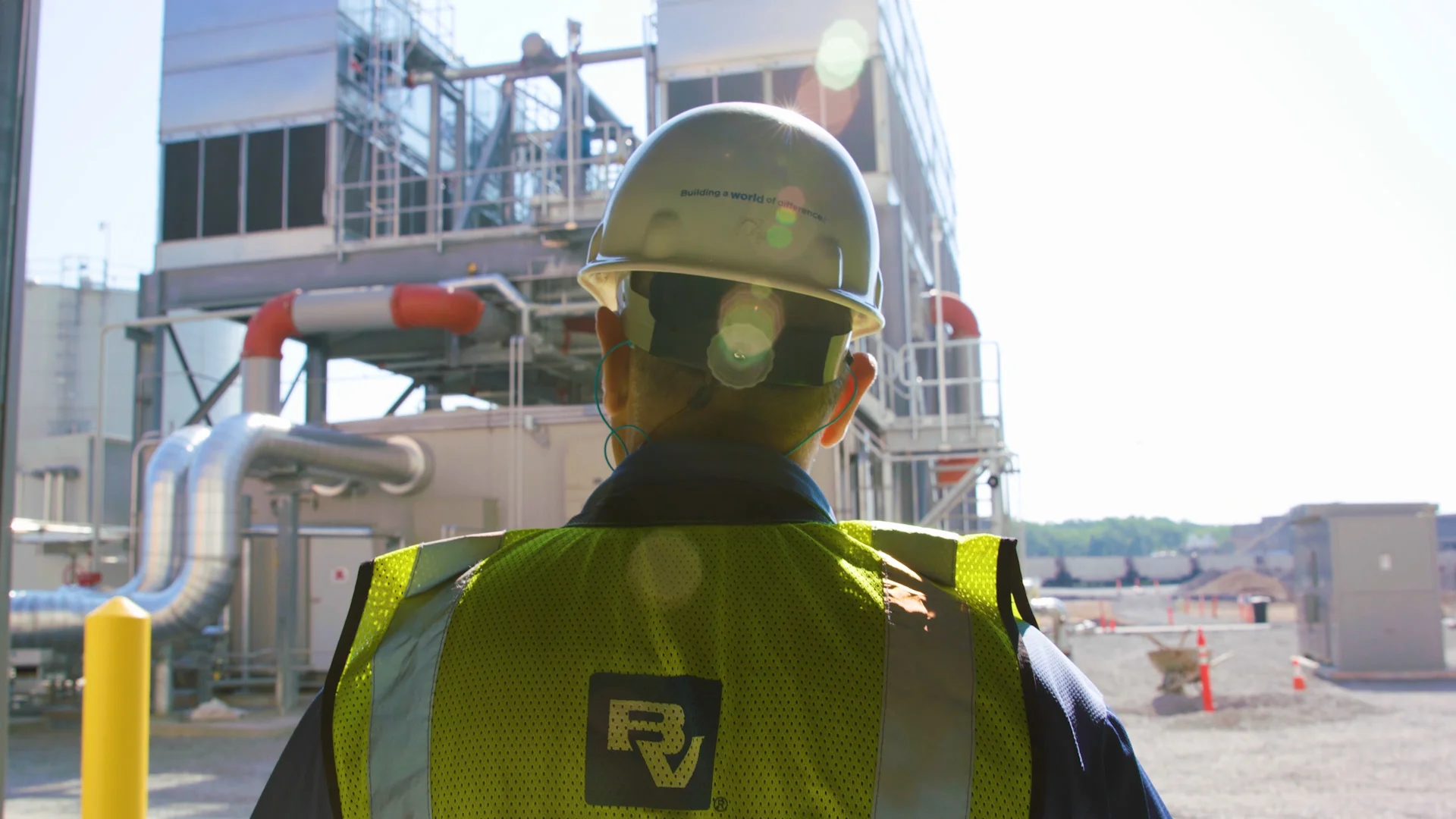The Quest to Become Smart Cities Follows Many Tracks

Cities across the globe have followed multiple tracks in their quest to become “smart.” It isn’t a question of right or wrong. However, two key themes are emerging in their approach – either start with a pilot project that produces quick results, or undertake a comprehensive master plan that strategically lays out the coming years and decades.
“Every city situation is unique,” said Fred Ellermeier, Vice President and the Managing Director of Black & Veatch’s Connected Communities business. “We can follow either fork in the road. We’ve helped clients in both directions.”
Steph Stoppenhagen, Smart Cities Business Development Director for Black & Veatch’s Connected Communities business, said many cities are implementing individual projects to get smart programs off the ground.
“A lot of cities are adopting smart technologies, and putting smart city plans and initiatives in place,” Stoppenhagen said. “To say that any one city has fully gotten to that point where you can anoint it the epitome of a smart city, that’s still a work in progress.”
Planning & Implementation
Yet there are some exciting initial projects that hold the promise of further expansion and improvement in the quality of life for citizens, Stoppenhagen said. In fact, Black & Veatch recently announced it has partnered with Envision America, a program announced by the White House to advance smart city program planning and implementation. Black & Veatch will apply its engineering, construction, program management and data analytics expertise to help selected U.S. cities develop and deploy smart city programs.
Other examples that Black & Veatch is involved with include:
A major metropolitan city in the U.S., which is converting more than 7,500 old telephone booths into smart city kiosks that can be used freely by the public;
Kansas City, Mo., which is launching a Smart + Connected City framework with Cisco, to create a kiosk information system in conjunction with its brand new street car line. Black & Veatch will support the phase of implementation that incorporates smart water systems and other smart integrated infrastructure aspects;
Leak detection programs for a Midwestern and a Southeastern water system to help curb water losses, predict water demand and reduce energy costs;
The Hawaiian Electric Company (HECO), which is seeking to identify viable strategies for transforming the island chain’s power system to 100 percent renewables by 2045;
Master planning of smart communication and electrical infrastructure for a more than 500 acre bayfront redevelopment site in Chula Vista, Calif.;
Port of San Diego in California, which is implementing a wide array of programs to encourage energy efficiency and reduce its carbon footprint. The port is landlord for 800 tenants and sub-tenants;
The building out of a network of electric vehicle charging stations across the U.S., and assisting with the build out of hydrogen fuel cell stations on both the East and West coasts.
Upgrading of streetlights to network-connected LED technology;
Resilience and coastal protection programs that address risks from storms, flooding and rising sea levels;
Numerous smart grid initiatives to upgrade infrastructure and add advanced sensors, controls and analytics. This will reduce energy losses, improve grid reliability and enable the integration of distributed energy resources.
“Smart cities of the future will leverage technology to be more sustainable, more efficient, more resilient, and attract more people and businesses to their city or region,” said Stoppenhagen. “This is in response to increasing urbanization, climate change, dwindling natural resources and challenging economic conditions. The city is going to increasingly be the structure that needs to take action and ensure its own long-term viability.”
Master Planning Provides a Roadmap to the Future
Stoppenhagen said Black & Veatch is developing a master plan for the city of Chula Vista, Calif., a greenfield site on the bayfront that will provide an opportunity to build a smart community from the ground up.
“We’ll provide an analysis of the various options, the advantages and disadvantages, the different business models that could be used, as well as expenses associated with each, and an assessment of city ownership vs. leasing or private partnerships,” she said. “We’ll show the positives and negatives of each outcome.”
Because the development is a greenfield site – including offices, condominiums, a convention center, restaurants and more – city leaders want to make sure the most advanced, flexible technologies are used.
“They are taking a proactive approach, saying ‘I want to do this once, and I want to do it right,’” Stoppenhagen said. “The city recognizes that in order to become a smart city, they need to take a look at their energy use, improve operational efficiencies, and in some cases, increase revenues. They need to integrate their infrastructure with a communications network. So instead of going out to individual partners to do that, we were able to come with a single team and a single focus. It is their roadmap to the future.”
Just as every city situation is unique, the reasons for launching into the smart city arena are just as varied.
Reasons for Entering the Smart City Space

“The foundational infrastructure systems – energy, water, telecommunications and transportation – are going to get smarter and more connected, based upon advances in sensors, cloud computing, edge computing and data analytics, such as our ASSET360TM platform. Then when you bring in items like public Wi-Fi and smart kiosks that are connected to essential city services, entertainment and information, that provides an opportunity for improved community engagement,” Stoppenhagen said.
“The city of the future is going to strongly feature the voice of its citizens, and they will be much more active participants in determining how cities operate,” she noted. “They’ll have much more access to information and collaboration opportunities.”
Subject Matter Experts
Fred Ellermeier: EllermeierFJ@bv.com
Steph Stoppenhagen: StoppenhagenSA@bv.com
Contact Us
Looking for a partner in innovation?
Let's Talk
